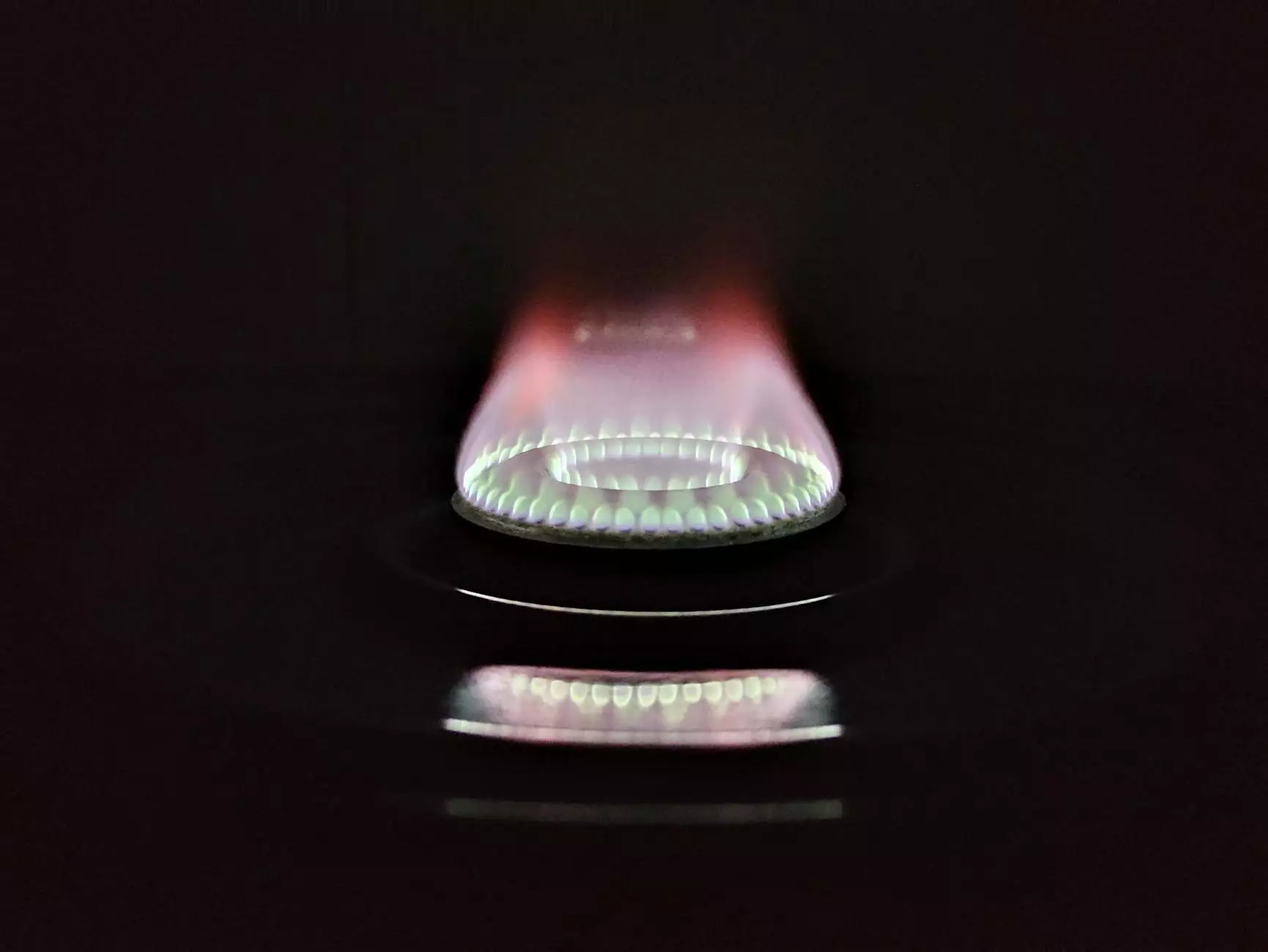Understanding and Alleviating Arm Rotation Pain

Arm rotation pain can be a debilitating condition that affects your daily life and overall well-being. This article will explore the various aspects of arm rotation pain, including its causes, symptoms, and the best methods for treatment. Our goal is to provide you with a comprehensive understanding of how to effectively manage and relieve this pain through appropriate medical intervention, particularly focusing on chiropractic care and physical therapy.
What Is Arm Rotation Pain?
Arm rotation pain refers to any discomfort that occurs during the rotation of the arm at the shoulder joint. This pain might restrict your movement, making it difficult to perform everyday tasks such as lifting, reaching, or even sleeping comfortably. Understanding the mechanisms of this pain is vital for effective treatment.
Anatomy of the Shoulder Joint
The shoulder joint is one of the most flexible joints in the human body, allowing for a wide range of motion. The key components of the shoulder include:
- Humerus: The upper arm bone that fits into the shoulder socket.
- Scapula: Also known as the shoulder blade, it connects with the humerus.
- Clavicle: The collarbone that connects the upper limb to the body.
- Rotator Cuff: A group of muscles and tendons that stabilize the shoulder and allow for a full range of motion.
Common Causes of Arm Rotation Pain
Understanding the causes of arm rotation pain is crucial for diagnosis and treatment. Here are some common factors contributing to this issue:
1. Rotator Cuff Injuries
Injuries to the rotator cuff, such as tears or inflammation, are among the most frequent causes of shoulder pain. These injuries hinder arm rotation and can cause significant discomfort.
2. Tendonitis
Tendonitis occurs when the tendons around the shoulder become inflamed, often due to repetitive motions or overuse, particularly in athletes or individuals with physically demanding jobs.
3. Bursitis
The bursae are small, fluid-filled sacs that reduce friction between areas of the shoulder. When these become inflamed, a condition known as bursitis develops, causing pain during arm rotation.
4. Arthritis
Osteoarthritis and rheumatoid arthritis can lead to joint pain and stiffness, drastically affecting arm mobility and causing significant discomfort during rotation.
5. Fractures
A fracture in the upper arm or shoulder area can result in intense pain and hinder the ability to rotate the arm adequately.
Symptoms Accompanying Arm Rotation Pain
When experiencing arm rotation pain, individuals may encounter several symptoms, which may vary in intensity. Common symptoms include:
- Pain or discomfort: Experienced at the site of the shoulder joint.
- Limited range of motion: Difficulty in rotating or lifting the arm.
- Swelling: Inflammation around the joint may occur.
- Weakness: Affected muscles may feel weaker than usual.
- Creaking or popping sounds: During arm movement, known as crepitus.
Diagnostic Approaches for Arm Rotation Pain
To effectively treat arm rotation pain, obtaining a proper diagnosis is essential. Healthcare professionals typically use various diagnostic methods, including:
1. Physical Examination
A thorough physical examination includes assessing the range of motion, strength tests, and palpation to identify localized pain areas.
2. Imaging Tests
Doctors might recommend imaging tests such as:
- X-rays: To check for bone fractures or signs of arthritis.
- MRIs: To evaluate soft tissue injuries, including rotator cuff tears.
- Ultrasound: For real-time imaging of soft tissues around the shoulder.
Treatment Options for Arm Rotation Pain
Once diagnosed, various treatment options are available to alleviate arm rotation pain. These may include:
1. Physical Therapy
Engaging in physical therapy is an effective approach to manage shoulder pain and improve mobility. A trained physical therapist will design a personalized rehabilitation program that may include:
- Strengthening Exercises: To enhance the stabilizing muscles of the shoulder.
- Range of Motion Activities: To restore normal movement.
- Stretching Techniques: To improve flexibility and reduce stiffness.
- Manual Therapy: To relieve pain through hands-on treatment.
2. Chiropractic Care
Chiropractic care can address musculoskeletal issues related to arm rotation pain. Chiropractors utilize spinal manipulation and adjustments to improve function and alleviate pain.
3. Medications
Over-the-counter medications, such as NSAIDs (non-steroidal anti-inflammatory drugs), can help reduce pain and inflammation. In some cases, corticosteroid injections may be recommended by a healthcare provider for severe pain relief.
4. Rest and Activity Modification
Resting the affected shoulder and avoiding activities that exacerbate pain can facilitate healing. Modifications to daily activities might also be necessary to prevent further injury.
5. Surgery
If conservative treatments fail to provide relief, surgical options might be explored. Procedures can range from arthroscopy to repair a torn rotator cuff to shoulder replacement surgery, depending on the severity of the condition.
Preventing Arm Rotation Pain
Taking proactive measures to prevent arm rotation pain is essential for maintaining shoulder health. Here are some effective strategies:
- Warm-up Exercises: Always perform warm-up activities before engaging in sports or heavy lifting.
- Avoid Repetitive Motions: Be mindful of repetitive activities that may strain the shoulder.
- Strength Training: Incorporate shoulder-strengthening exercises into your fitness routine.
- Proper Ergonomics: Ensure your workstation is set up correctly to avoid shoulder strain.
- Maintain Flexibility: Regular stretching of the shoulders and surrounding muscles helps keep them flexible and strong.
Conclusion
In summary, arm rotation pain can significantly impact your quality of life, but understanding its causes and effective treatment options can help you manage and relieve this discomfort. Whether through physical therapy, chiropractic care, or other medical interventions, addressing the problem head-on is the best way to reclaim your mobility and enjoy pain-free living. Remember, seeking professional help is crucial for proper diagnosis and treatment. If you're experiencing arm rotation pain, don’t hesitate to contact a healthcare provider or visit iaom-us.com for more information about chiropractic and physical therapy services that can aid in your recovery.









